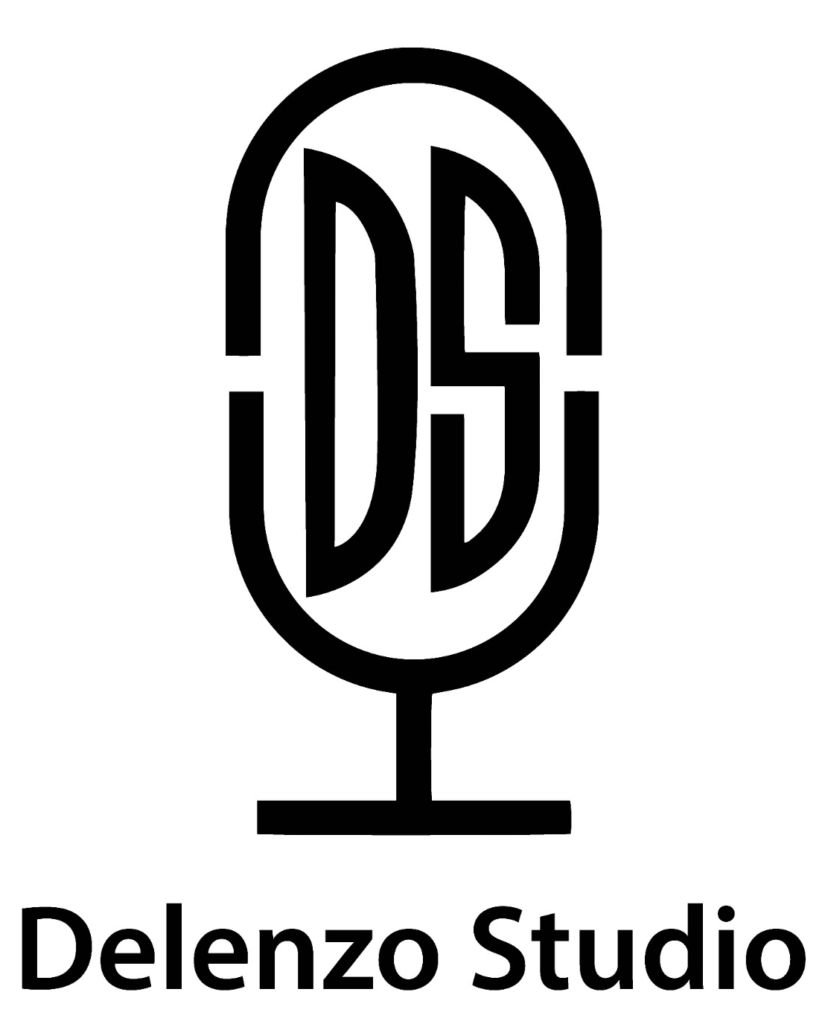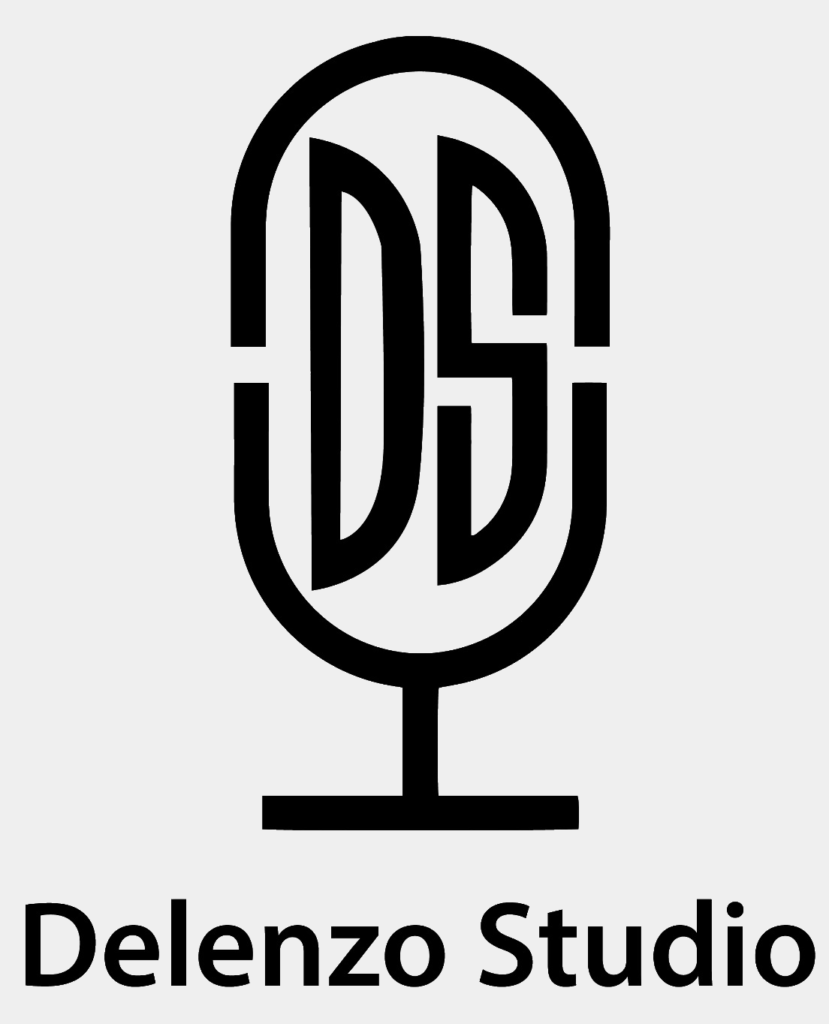Podcasts have become a huge component of online content consumption over the past few years. Millions listen to learn, entertain, or unwind. Whether you’re considering launching your podcast or you’re just a fan, it’s helpful to know the various types of podcasts formats and the technical aspects that can differentiate your content.
In this article, we’ll explore the three main types of podcasts: Interview, Narrative, and Solo. We’ll also dive into essential tips and techniques for voice directors, audio editors, and voice-over artists to help elevate your podcast’s quality.
What Are the Different Types of Podcasts Formats?
Understanding the core types of podcasts can help you decide which format fits your style and goals. Here are three popular formats that content creators use:
Interview Podcasts
Interview podcasts are among the most common types. They are a discussion between the guest and host, typically an expert, celebrity, or individual with exceptional insights in a specific subject matter. The interviewer guides the interview, interacts with the guest, and entertains the listeners.
Audio quality takes precedence when recording interview podcasts. Like the Audio-Technica series, microphones work best to create clear, sharp audio. They ensure the host and guest voices are heard without a hint of background noise. Voice-over in interview style usually involves a mix between vocal range and clarity. It makes the discussion flow well.
When editing the interview, the audio editor can eliminate unnecessary pauses or background noises. They could also edit out sound effects that would distract from the conversation. It’s all about making the conversation clear to follow and sound professional.
Narrative Podcasts
Narrative podcasts are podcast storytelling, which could include fictional information or the host’s personal experience. Such podcasts are usually scripted and mimicked to resemble a radio drama. Alternatively, they can tell a formulated story about an interesting area.
Acting is necessary when creating these podcasts. The voice-over actor has to become the characters and animate emotions. They have to entertain the listener with their acting as well. A condenser microphone is typically utilized for this kind of podcast. It records rich and expressive vocal performances, especially in audio programs that aim to create an immersive atmosphere.
A high signal-to-noise ratio and good sound effects are essential for sound production. The soundscape must complement the narrative, generating tension, mood, or atmosphere. Professional audio editing software tools can be used to obtain this. With such tools, the audio editor can precisely adjust every layer of the sound so that the narrative becomes engrossing and captivating.
Solo Podcasts
Solo podcasts are hosted by individuals who address their audience directly. This style is well suited to delivering expertise, personal anecdotes, or opinions on various subjects. Solo podcasts may range from an informal narrative approach to a formal, dedicated style.
For solo podcasts, the voice-over artist often needs a precise, engaging delivery to keep the audience hooked. Since there are no guests to interact with, the host’s vocal range and delivery style become even more critical. The microphone should capture the host’s voice with minimal interference from background noise.
Many solo podcasts utilize a condenser microphone because of its high sensitivity. It allows the speaker’s voice to come through clearly. In addition, the audio editor plays a key role in eliminating unwanted sounds, adjusting levels, and ensuring that the recording is free from distractions.
Tips and Techniques for Voice Directors and Audio Editors
Making a great podcast is about more than just having excellent content. You also need to nail the technical side of things. Knowing the basics of audio production can make your podcast stand out whether you’re a voice director, audio editor, or voice-over artist.
Choosing the Right Voice-Over Artist
When selecting a voice-over artist, it’s essential to find someone whose voice fits the tone of your podcast. Whether you need someone with a warm, inviting voice for an educational podcast or a more dramatic tone for a narrative podcast, the voice-over artist should match the subject matter and align with what you’re tackling in the podcast.
A good voice-over artist knows how to utilize pacing, tone, and emphasis in delivery. For instance, in a documentary-style podcast, voice actors may have to change their delivery to suit varying characters and moods, providing depth to the narration. For an interview podcast, the voice actor’s knowledge of the content can ease the flow of conversation.
Providing Clear Direction
Clear direction is super essential for both the voice-over artist and audio editor. The voice director needs to explain how each line should sound, including tone, speed, and emotion. This helps ensure that the final audio matches the vibe you want for your podcast.
As the voice-over artist records, guiding them in achieving the best performance possible is essential. Offering feedback during the recording process, such as adjusting volume or changing vocal inflections, can help enhance the final product.
Audio Editing Tips and Techniques
As soon as the recordings are completed, there is no rest. Audio editing is a vital process of producing a refined podcast. The audio editor needs to ensure that each audio file is edited for quality and clarity. It entails:
- Removing background noise: Even the slightest hum or static can distract listeners. A good audio editor uses software tools to reduce unwanted sounds.
- Balancing levels: The audio editor ensures no speaker is too loud or soft. It is essential in interview podcasts, where multiple voices must be balanced.
- Enhancing clarity: Equalization and compression techniques can enhance voice clarity and make it sound professional.
The Importance of Jingles and Microphones in Podcasts
The technical aspects of your podcast go beyond just recording the dialogue. Jingles and microphones are essential in creating a recognizable brand identity for your podcast.
The Role of Jingles in Creating a Recognizable Brand Identity
A catchy jingle can help listeners immediately recognize your podcast. Think of how familiar the TED Talks Daily intro is—listeners immediately associate the music with the show’s brand. It is a powerful tool for building an audience and creating a unique podcast identity.
A jingle can be a sign-off at the beginning, between parts, or after your podcast. A good jingle reminds your audience of the theme of your podcast. It provides a catchy acoustic identifier for your listeners.
The Importance of High-Quality Microphones for Capturing Clear, Crisp Audio
When it comes to recording professional audio, the performance of your microphone cannot be exaggerated. Microphones like the Audio Technica AT2020 or other condenser microphones are perfect for recording clear, high-quality, crisp audio. They minimize unwanted sounds and pick up the nuances of the speaker’s voice.
Investing in a quality microphone will make a noticeable difference for solo and interview podcasts. Great content can be fantastic, but your podcast may lose listeners if the audio isn’t straightforward and crisp.
Overview
Whether you’re making an interview podcast, a narrative one, or going solo, it’s essential to know what makes each type different. Using good microphones and getting the hang of audio editing can improve your podcast’s sound. Picking the right voice-over artist is key to making sure your podcast shines.
Good technical tools, like sound effects and solid audio production, can turn a decent podcast into something extraordinary. Clear direction from the voice director really lifts the quality. By focusing on the content and fine-tuning the little details, you’ll create a podcast that keeps listeners hooked and helps build a loyal audience.
FAQs
What are the three types of podcasts?
The three main types of podcasts are Interview podcasts, Narrative podcasts, and Solo podcasts. Each format focuses on different ways of engaging with the audience through conversations, storytelling, or solo commentary.
What are the different genres of podcasts?
Podcasts come in various genres, depending on the subject matter and how the content is presented. They can be interviews, narrative, fictional, educational, or comedy.
What are the three main phases of podcast production?
The three main phases of podcast production are recording, editing, and publishing. During recording, hosts and guests capture audio; editing involves refining the audio to remove distractions, while publishing is the final step of making the podcast available to the audience.
What three things make a podcast a good one?
A good podcast depends on high-quality audio using the right microphone, engaging content such as interesting topics and a straightforward subject matter, and professional production including careful audio editing and the use of sound effects.
What is the main idea of a podcast?
The primary concept of a podcast is to present interesting and informative material in a readily consumable form, whether through interviews, storytelling, or single commentary, and enable listeners to relate to the subject matter.

